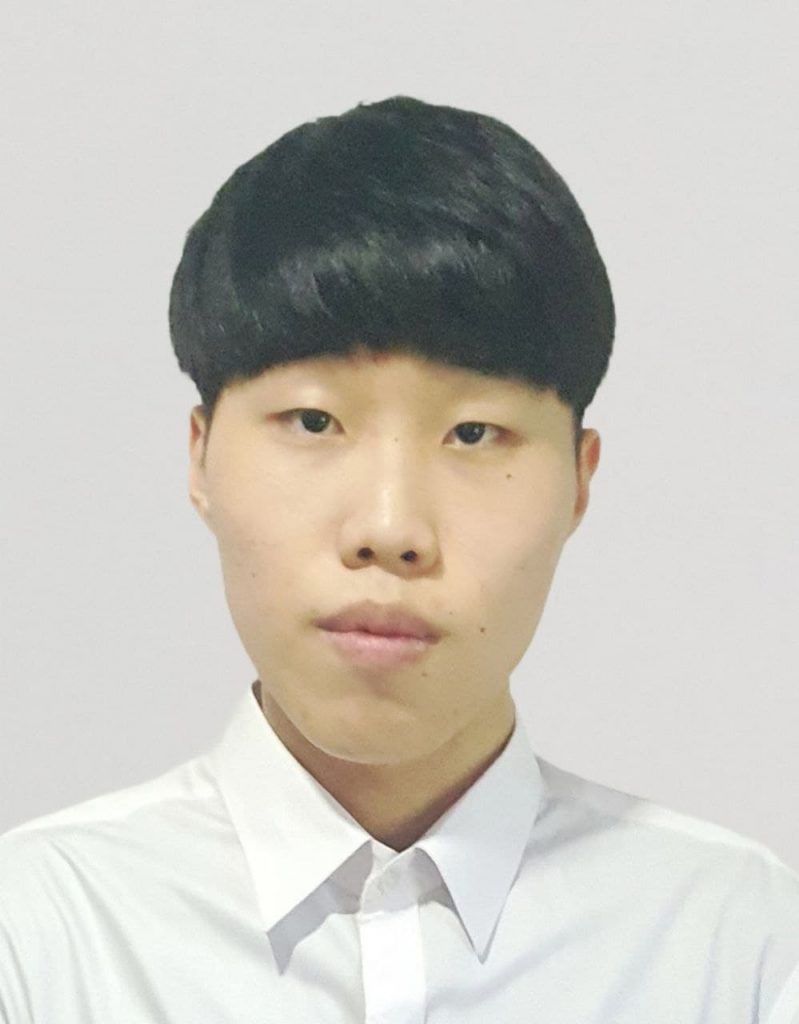On Saturday, the 19th of March 2022, I had the privilege to attend the Facial Aesthetic Surgery: Face, eyes, nose and ears conference organised by the Royal Society of Medicine (RSM) which was made available free of cost for medical students. I was informed that it will be day comprised of tightly packed talks delivered by world-renowned surgeons across the globe. I came across this invaluable opportunity thanks to my mentor (Dr Ma) who kindly told me about it. I was looking forward to attending this conference not only because Plastic surgery is the field that I am interested in, but also because it was my first-time visiting London. To that end, going with someone helped me to escape from the fear posed by the novelty of the first trip to one of the busiest cities. As the conference was planned to commence at 8:00 am, I took the early train from Birmingham New Street to arrive there on time.
I arrived at the RSM building with plenty of time to spare, so I decided to take pictures of the Royal Society of Medicine building. I was struck silent by the grandeur of its architecture.


The first talk was about Nonsurgical management of the periorbital and postoperative eyelid complications by Miss Sabrina Shah-Desai. Actively listening, I was amazed by the statistics; injectables grew by 186% whilst cosmetic operations decreased by 6%. This showed the current preferential trend towards fillers. It was shocking to see some patients, dissatisfied with the results, come back with complaints despite the surgery having been performed well, especially with eyelid surgery. Therefore, Miss Shah-Desari emphasized the crucial importance of appropriate consultation, warnings and assessment of expectations when discussing the options. This was followed by Dr Andrew Jacono, a skilled plastic surgeon from the US, who delivered the next series of talks related to a multitude of operations including transcutaneous blepharoplasties, deep plane facelift, lip augmentation and lip lift. Within his talks, he shared his top tips for getting the best outcomes. What struck me the most was how astonishing his post-operative results were. The results were not over-exaggerated and the patients appeared to have regained the youth that they lost through ageing. Having performed thousands of operations, his hands-on experience was an invaluable insight for the attendees.


There were also areas with which I was not familiar with. Prof Kemal Tunc Tiryaki walked us through Nanofat and stromal vascular fraction transfers for facial rejuvenation and facelift combined with fat transfer. This involved injecting autologous fats into the face to alter the shape. There was an interesting rule of two-thirds with regards to fat transfer that I found particularly memorable. This comprised of age (injection amount of 2/3 of age), size, depth, 2 arches and the last arch.
There was also a talk that was particularly memorable as I did not know the existence of such an operation: the Necklift. It was delivered by Mr Lucian Ion who is an expert in the field. The procedure is usually requested, though not entirely, by the elderly whose neck become loose over time. He also shared his insights in managing difficult noses and adjustments he had to make over time. Meeting the patient’s standard, although not impossible, is often challenging. He claimed that a new structural arrangement requires an agreed purpose (setting a goal by inclusion), which leads to defining common aspirations for the surgeon and patient (for instance, “I want a straighter bridge”, rather than “I don’t want an ugly nose.”). I totally agreed.
Finally, I had the opportunity to hear from Prof Ersoy Konas from Ankara, Turkey, about his experience with moulding the bone for crooked nose repair, the effect of the composite perichondrio-periosteal flap on dorsal aesthetic lines and scroll area, and prophiloplasty from bone to skin. Amongst these, the procedure that stimulated my interest was osteotomy using a piezo device. There were many advantages to using this device: the ease with control of osteotomised segments, preservation of underlying tissue and reduction in bruising.


It was unfortunate that Mr Neil Bulstrode could not attend the conference in person, as I looked forward to one of the most skilled otoplasty surgeons in the field. Nevertheless, the talk was delivered virtually and aimed to closely simulate Face-to-Face Talk. He provided his experience with otoplasty, along with top tips and tricks he had gained over the years.
The day was planned to come to an end by 5:30 pm, but it exceeded an hour mainly to address the questions and to accommodate a debate by the consultants within their own expertise. Listening to discussions of rationales for choosing certain methods over the other made me realise that there is no single perfect approach, but rather it is about reducing complications and improving the outcome for the patient. It was time-consuming, but I recognised that this is beneficial for students to think outside of the box as there can often be no one correct approach! However, the biggest takeaway from this conference was that in every surgery, there are complications to be aware of and to avoid. It was surprising to hear that as more aesthetic surgeries are performed, more problems arise. This made sense after the talks – one in 1000 translates into 1000 with 1 million surgeries!
As is the case with all specialties, mastery in understanding the technical terms in just one conference is a difficult feat; it was even harder as a first-year medical student who barely had any relevant knowledge, albeit with a strong passion. In fact, I was frightened by the difficult words displayed and spoken by the speakers. Nonetheless, I felt that I became more comfortable as the lectures progressed. I believe this was largely due to the explanations provided by Dr Ma who was more than happy to guide me through.
Despite a long day, I left the conference remaining highly energetic because it was one of the most meaningful days I have ever spent. Medical knowledge gained through this conference would last for a long time, especially since it was my new experience. I undoubtedly believe that it is important for medical students to gain early exposure to medical specialties of interest as it gives insights that are often not picked up during medical school training. As we draw near to the end of this post, I would like to encourage everyone in my shoes to attend conferences to both explore their interests and expand their knowledge.

~~~~~~~~~~~~~~~~~~~

Hongseo Choi is a first-year medical student at the University of Birmingham. He has a strong interest in Plastic surgery. In his spare time, he enjoys listening to medical podcasts and playing sports.

